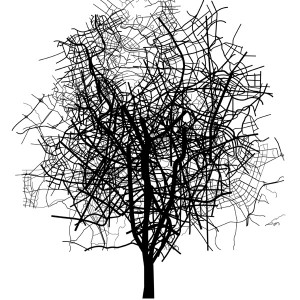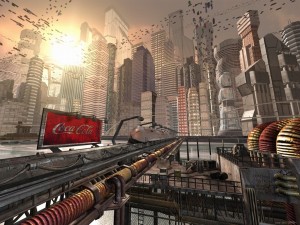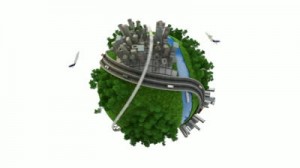 Although sustainability is now generally understood to be a combination of environmental, social and economic performance, this report finds that economic sustainability is the most elusive component of the triple bottom line approach. There is not even universal consensus that businesses should be economically sustainable, though most concur that sustainability is desirable to prevent the devastating and inefficient impacts of corporate premature death.
Although sustainability is now generally understood to be a combination of environmental, social and economic performance, this report finds that economic sustainability is the most elusive component of the triple bottom line approach. There is not even universal consensus that businesses should be economically sustainable, though most concur that sustainability is desirable to prevent the devastating and inefficient impacts of corporate premature death.
Sustainability has become an immense subject, and there are many pitfalls to any meaningful discussion about it. One danger is to define it too broadly, making it difficult to draw useful conclusions — instead, one is left with empty generalizations. On the other hand, there is a danger of focusing too closely on the particulars of one project or one strategy, examining technical details that are not applicable to all circumstances. For the purpose of this essay, two themes will be emphasized:
- how issues of sustainability, urban regeneration, and economic development are particularly exemplified in large urban projects, and
- how sustainability must be defined not only in engineering terms, but also in social terms: it is a project for all of society to address.
From an architect’s perspective, it must be said at the outset that issues as complex and far-reaching as urban regeneration, environmental sustainability, and economic development are impacted first by choices made long before a project reaches an architect’s office. These are basic choices, like where a developer chooses to build. They are the choices a city government makes when it implements policies that encourage particular types of development. Most importantly, however, they are the choices a society makes about the ways it wants grow, and the legacy it wants to leave to future generations. In this context, it must be admitted that the individual architect has limited power — the architect doesn’t typically choose the site, nor does he or she make the laws. To produce a sustainable project, an architect must be a part of a larger team committed to sustainable goals. It’s been said many times: great architecture requires great clients. In fact, sustainable development requires much more than that. It requires the attention and energy of all of us — architects, developers, politicians, tenants, and the public at large — because to be effective, it must happen on a national and global scale.





